





Centrally operate and grow a multi-platform video publishing business with Zype.
Zype Streaming Platform offers a turnkey, all-in-one solution to store, manage, monetize, and deliver live and on-demand video across digital endpoints.
Our video content management API powers OTT streaming workflows, allowing content providers and distributors to provide broadcast-quality streaming experiences to global audiences at scale, all from the cloud.
Explore all features
Video CMSTake control of scattered assets, lost metadata, and manual workflows. Unify and govern your entire video library with Zype’s Video CMS – automate enrichment, streamline distribution, and keep every asset structured, searchable, and ready to scale.
Video CRMDisconnected CRMs and CMSs create data silos and costly inefficiencies. Zype’s native CRM, integrated with the CMS, centralizes management and monetization with built-in authentication, authorization, and entitlement sync across TVOD, SVOD, and multi-tier workflows.
EncodingEncoding inefficiencies cause lag, quality drops, and poor viewer experiences. Zype’s cloud-native encoding ensures flawless delivery across every format and device with custom encoding profiles, broad codec coverage, DRM, and AI-optimized workflows for VOD, Live, and Linear content.
AI-Enabled EcosystemStop wasting time on manual integrations and broken workflows. Zype’s AI-enabled platform connects marketing, ad tech, and monetization data through intelligent APIs, SDKs, and webhooks – eliminating friction and enabling automation across your entire video ecosystem.
Content DeliveryPrevent downtime, buffering, and viewer drop-off. Ensure global reach and reliability with Zype’s multi-CDN delivery – adaptive performance, enterprise-grade resiliency, and mission-critical SLAs built for scale.
AnalyticsReplace guesswork with visibility and real-time intelligence. Gain actionable insights across content, audience, and device performance with Zype Analytics – drive optimization, reduce waste, and accelerate growth.
Dynamically manage your video
Zype's secure CMS makes it easy to manage videos and live broadcasts. Quickly import your content from MRSS feeds, cloud or on-prem repositories. Create and dynamically update playlists, customize metadata, or apply content and category tags, all from a user-friendly dashboard.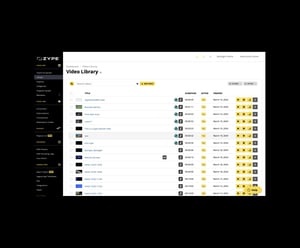
Ensure quality of service
Expand your video platform's reach with confidence. Zype's scalable and reliable platform offers multi-rendition, multi-output encoding and packaging for all video scenarios. Our multi-region cloud hosting solution and global CDN coverage ensures high-availability of your streaming products during peak demand, ensuring a quality streaming experience for your users.
Monetize your way
Zype's integrated CRM provides flexible monetization tools to meet your business model requirements. Offer subscription tiers, rentals, entitlements, PPV events, and downloads for purchase. Preserve ad timings or insert new ones to accommodate your ad strategy. Leverage dynamic ad insertion via Zype SSAI or third-party services. Whether ad supported, subscription based, or transactional, we've got your monetization method covered.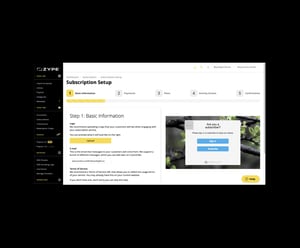
Globally distribute across devices and platforms
Zype Streaming Platform offers reliable distribution of on-demand, live, and linear video on a global scale. Our multi-CDN approach provides expansive geographic coverage across thousands of POPs. Implement geographic restrictions and set content playback rules. Define transcoding and player settings to enable automated adaptive bitrate that services your audience the right video for their device, location and internet connection.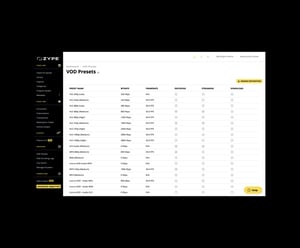
Track audience engagement and performance
User-friendly dashboards allow you to leverage video, consumer, and device-level analytics. Take advantage of Advanced Analytics and download granular reporting so you can optimize your engagement and monetization strategy.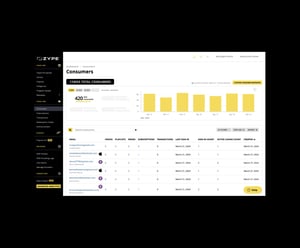
Automate and customize with APIs
Harness an open, API-driven infrastructure that allows for easy integration into your tech stack. Gain control over the whole video lifecycle and automate tasks like encoding, scheduling, and provisioning streams. Build custom experiences and integrations with third-parties and refer to our extensive documentation resources for Developer support.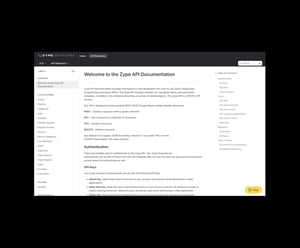
CASE STUDY
Learn how Andrew Wommack Ministries grew its following with centralized video management.